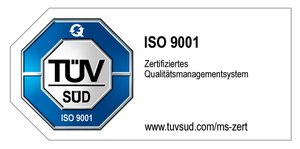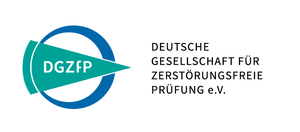Alignment
The alignment is the basis of every measurement, because a correct alignment is absolutely necessary for correct measurement values. Basically, the alignment makes the measurement possible, because it gives the measuring device precise information about the measuring object and its position in space. Incorrectly probed measuring points are measurement errors, therefore incorrect alignment leads to a completely unusable measurement. Accordingly, measurement technology relies on unambiguous and reproducible positioning of individual parts or assemblies. Depending on the measurement method and the application, different approaches to alignment are suitable, such as the 3-2-1 method or the BestFit alignment. In any case, the alignment works by restricting the three translational and three rotational, as a total of six degrees of freedom of the measured object. In this way, the position of the workpiece can be unambiguously determined via three planes. The alignment can be performed manually by a metrology technician or automated by suitable machines, the latter reducing the influence of the worker.
3-2-1 method
The 3-2-1 method is a technique for alignment for measurement processes. Alignment is the essential basis for correct measurements because it clarifies the position of the measurement object in space for the measuring device. The 3-2-1 method is a reference point system, i.e. the position of the object in space is determined by establishing the position of selected points on the workpiece. For this purpose, a coordinate system is created on the workpiece, in which the position of the measured object is uniquely determined by restricting the six degrees of motion to three planes. In the case of a rigid body in three-dimensional space, six points are usually necessary for this. These should be as far apart as possible in order to achieve the greatest possible stability. Thus, the primary plane is defined by three points, the secondary plane by two points and the tertiary plane by one point. Ideally, the resulting planes are perpendicular to each other. In general, three types of application of the 3-2-1 rule are distinguished: the surface principle, the hole-long-hole principle and the translation-rotation stop principle.
BestFit Alignment
The "Bestfit" alignment form is based on the "Method of Least Squares", a standard mathematical procedure for compensation calculation. Here, the nominal surface of the CAD model is approximated as best as possible to the measured actual data in order to achieve the smallest possible deviation in all measuring points. With this alignment, the component is theoretically ideally aligned and the residual error is lower than with classic alignment methods.
RPS alignment
RPS alignment is an alignment principle that allows you to align a workpiece to a CAD model by using features as datums to constrain the up to six rotation and translation axes of the part. Thus, a reference system can be created for an absolutely constrained alignment, but various alignments can also be created that use a combination of geometric elements and guided surface points.
We find the perfect solution for your project.
Contact us if you have questions to our services in the area of 3D metrology. We are looking forward supporting you in your success.



